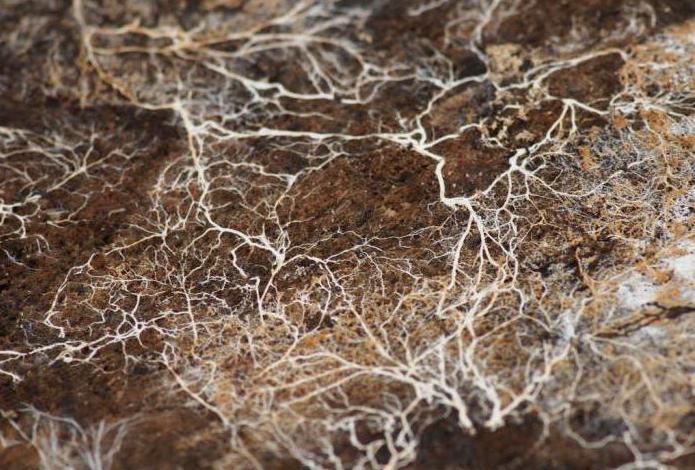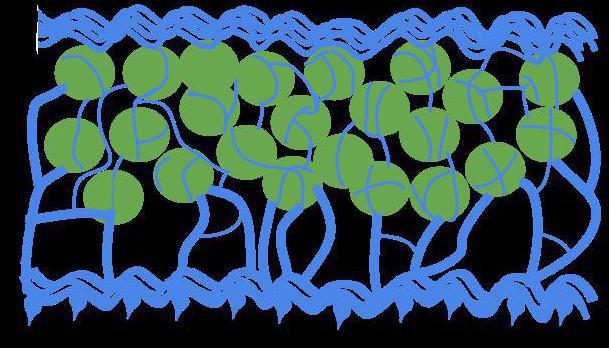Agree, when it comes to mushrooms, everyone represents a hat on a small stalk. But in fact it is only a fruiting body. The fungus itself is a collection of hyphae. Most of them are underground, so they are invisible. What are hyphae and what are the basic principles of their life? Our article will answer this and other questions.
General characteristics of the Kingdom Mushrooms
Representatives are amazing organisms. In systematics, they occupy an intermediate position between plants and animals, since they combine the structural features of both. They are only capable of heterotrophic nutrition, do not contain chlorophyll, produce urea in the process of metabolism, and store glycogen. These are signs of their similarity with animals. And like plants, fungi lead an attached lifestyle, grow indefinitely, have a cell wall and reproduce by spores.
What are hyphae
The body of fungi is called mycelium. It consists of individual threads - hyphae. Most often, the mycelium is also called the mycelium, which may differ in its structure. What are hyphae In mucor, this is the only cell that is capable of sporulation. The hyphae of penicilla are numerous. Over time, peculiar brushes with spores form on their tops. In the form of a bluish-green coating, they form on the surface of food products. Another representative of this systematic unit is yeast. They do not form hyphae and true mycelium, multiplying by budding.

Variety of mushrooms
The most developed hyphae are in mushrooms, which are called hat mushrooms. On the surface of the soil, they form large fruiting bodies that a person eats. These are derivatives of mycelium hyphae located underground. In the fruiting body, they are very closely intertwined and form a false tissue called pseudoparenchyma. Hyphae not only represent the basis of fungi, but also perform the functions of a plant root. They absorb water with nutrients dissolved in it, providing the body with the mineral elements necessary for growth and development.
The structure of lichens

Mycorrhiza
Another type of fungal hyphae cohabitation is mycorrhiza. This time their "neighbor" are the roots of higher plants. This is a typical example of a mutually beneficial relationship. The fungus is provided with carbohydrates, and the plant is provided with minerals and microelements. Such symbioses are quite common in nature. In this case, fungal hyphae act as root hairs, penetrating into individual cells. Typical examples of plants that enter into symbiosis with fungi and are called mycotrophs are aspen and birch.
We hope that now everyone has figured out the question of what hyphae are. These are separate threads that form the mycelium and fruiting bodies. Hyphae can also enter into various kinds of relationships with algae and higher plants. Their main function is the absorption of water and minerals.
